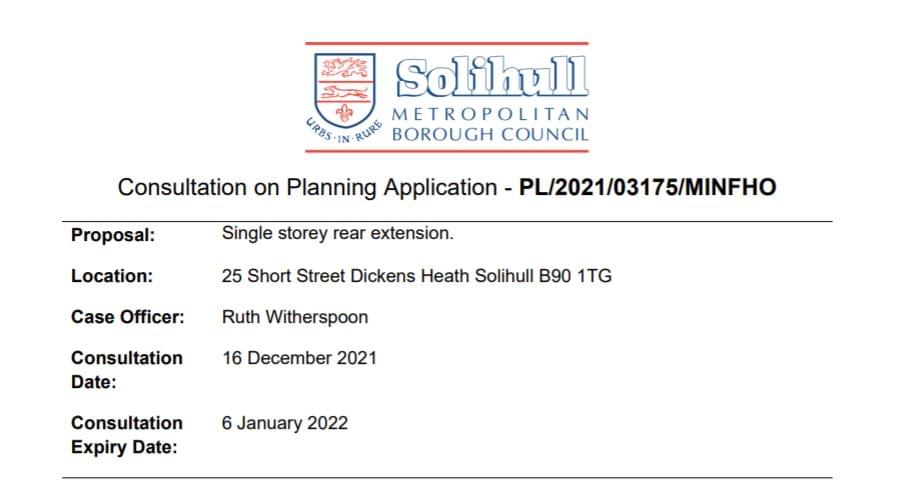Our advanced works, which started in September, will continue into February 2022.
So we can deliver this work safely, we need to temporarily close some lanes while we move our traffic management. We’ll continue to work at night time, when the road is at its quietest, where we can. However as some of this work will be noisy, to minimise disruption we’ll carry out work during the daytime too.
Road closures over the festive period
To help everyone get to where they need to go over the festive period, we’re suspending our roadworks over Christmas and New Year. Signage will remain in place to inform and remind motorists of upcoming road closures.
Schedule of lane closures from 10 January to 11 February 2022
Northbound and / or southbound carriageway closures from the M40 junction 16 to the M42 junctions 3 to 4:
· M42 junction 3 – 3a northbound, lanes 1 and 2, between 10 and 24 January 2022
· M42 junction 3a – 3 southbound, lanes 1 and 2, between 24 and 28 January 2022
· M40 junction 16 – M42 junction 3a northbound, lanes 1 and 2, between 19 and 21 January 2022
· M42 junction 3a – 4 northbound and southbound, lanes 2 and 3, between 31 January and 11 February 2022
Lane closures will be in place on weeknights, between 9pm and 6am. To keep our workforce and motorists safe, we’ll close lanes in 4-kilometre (2.4 miles) sections while we work.
Please note our planned road closures may be cancelled due to poor weather, or for operational reasons.
Contact us:
For information, please contact our customer contact centre on 0300 123 5000 or email info@highwaysengland.co.uk
If you would like more information about the scheme including planned closure details, please visit our webpage: www.highwaysengland.co.uk/our-work/west-midlands/m40-m42-interchange-smart-motorway/





